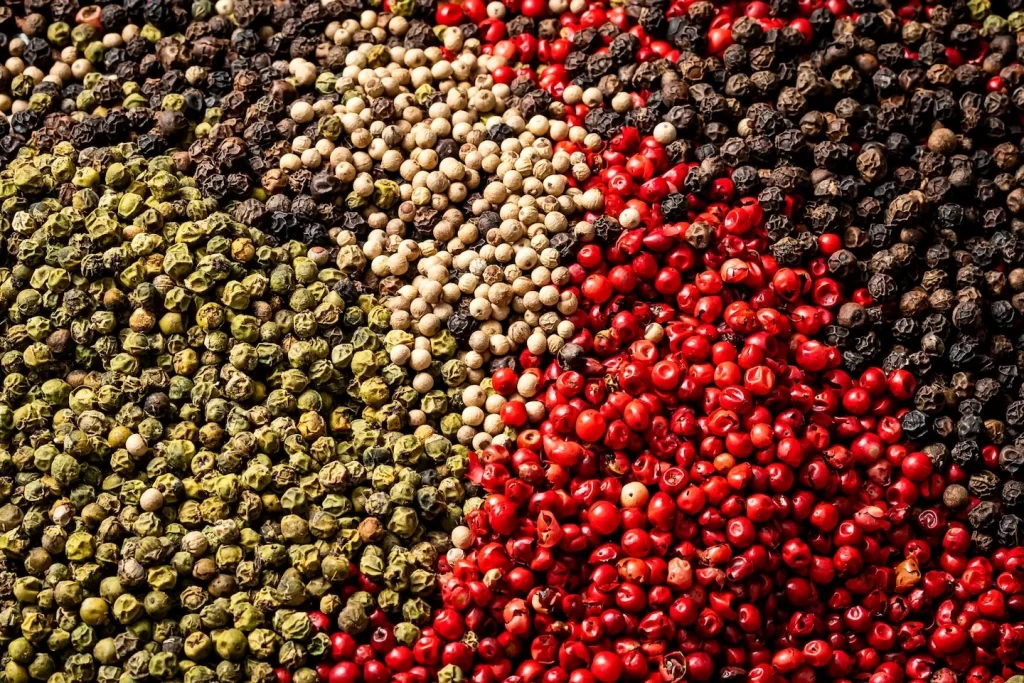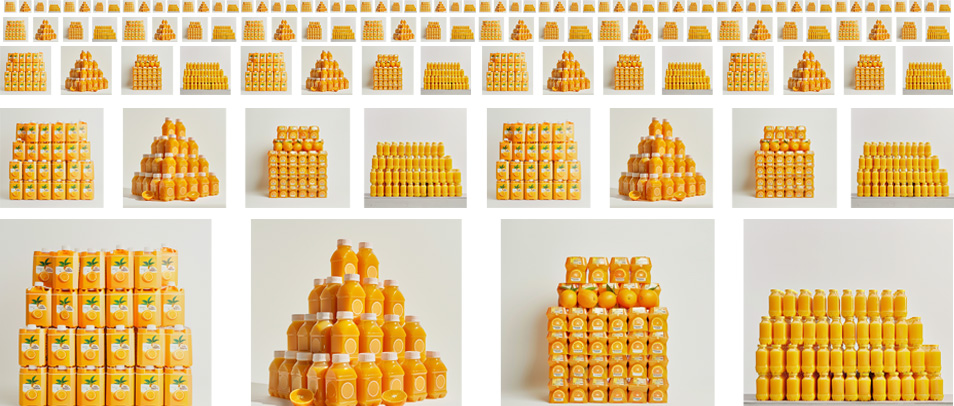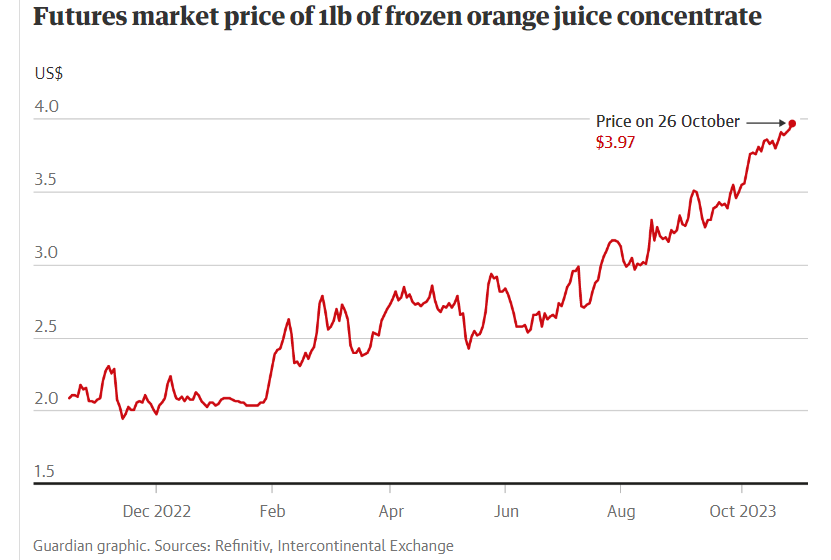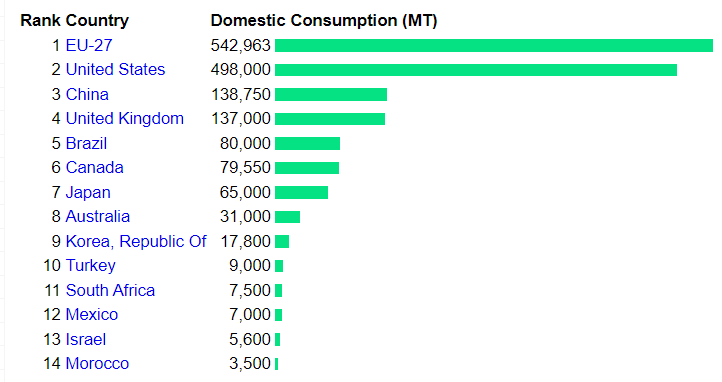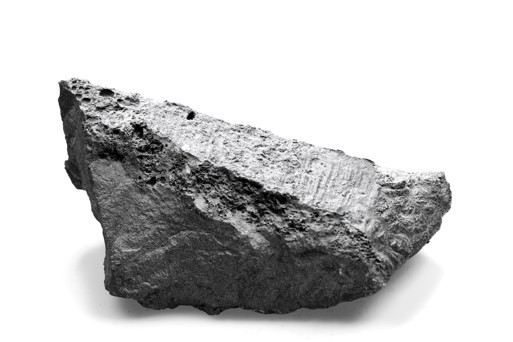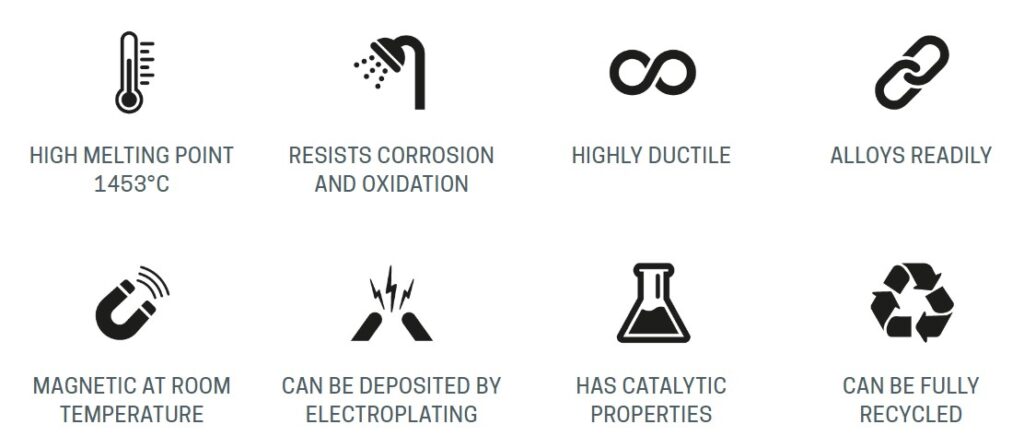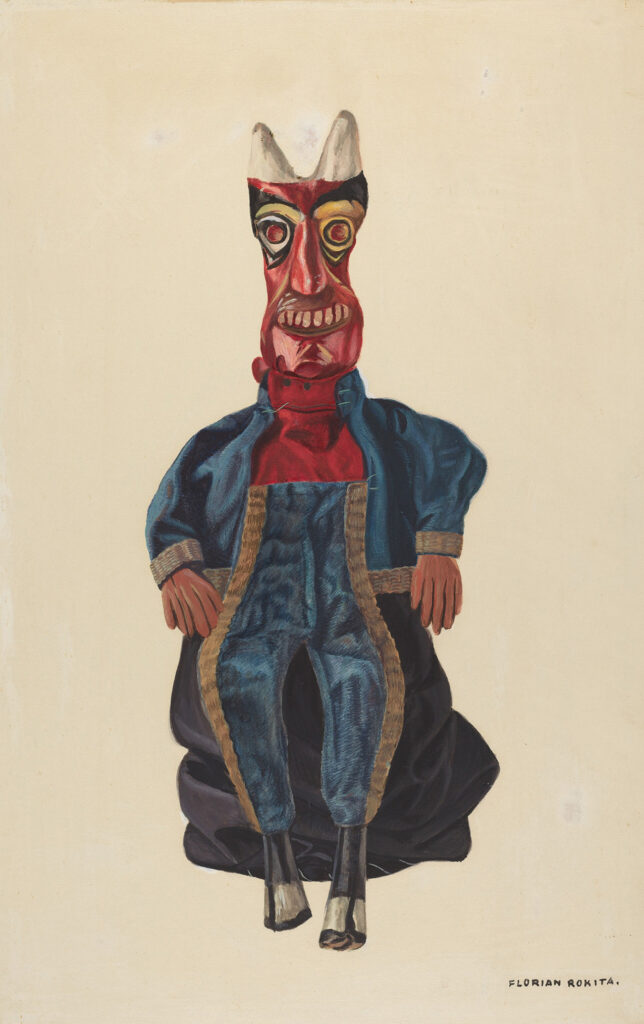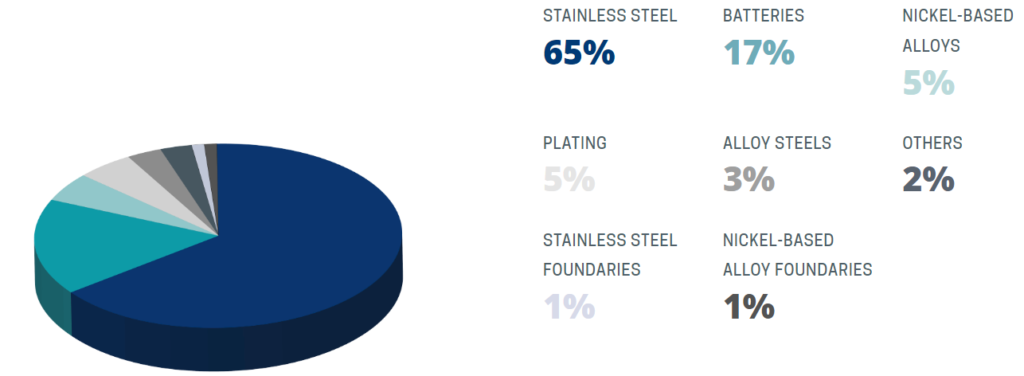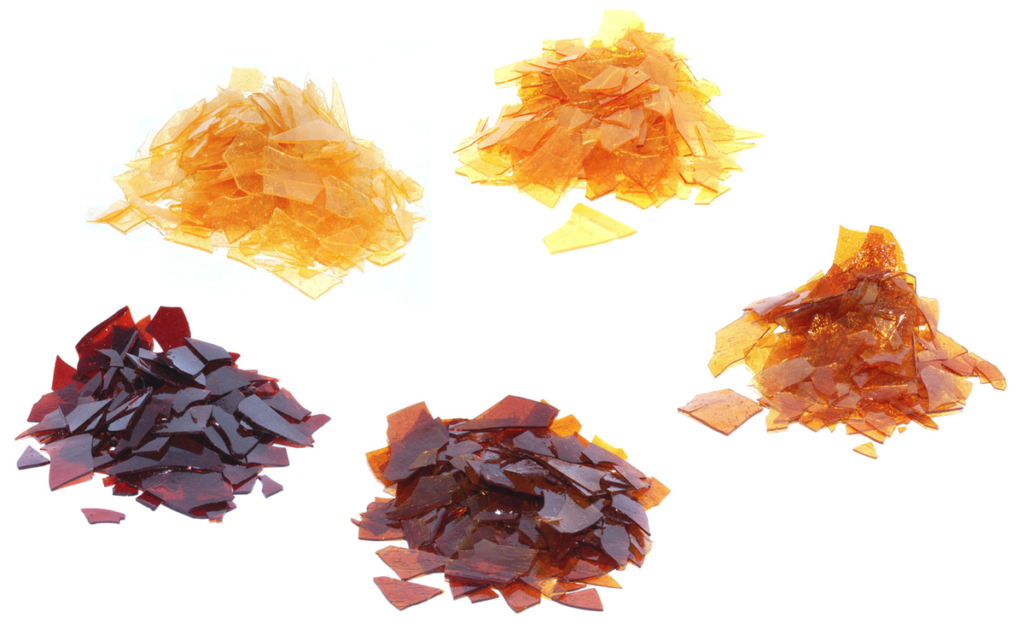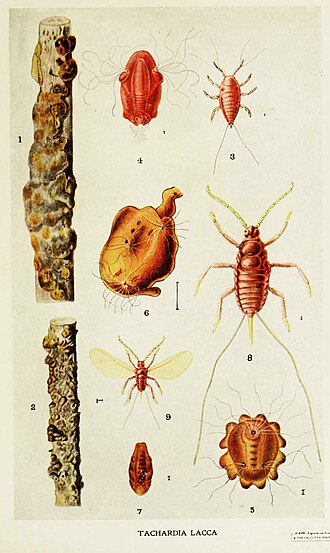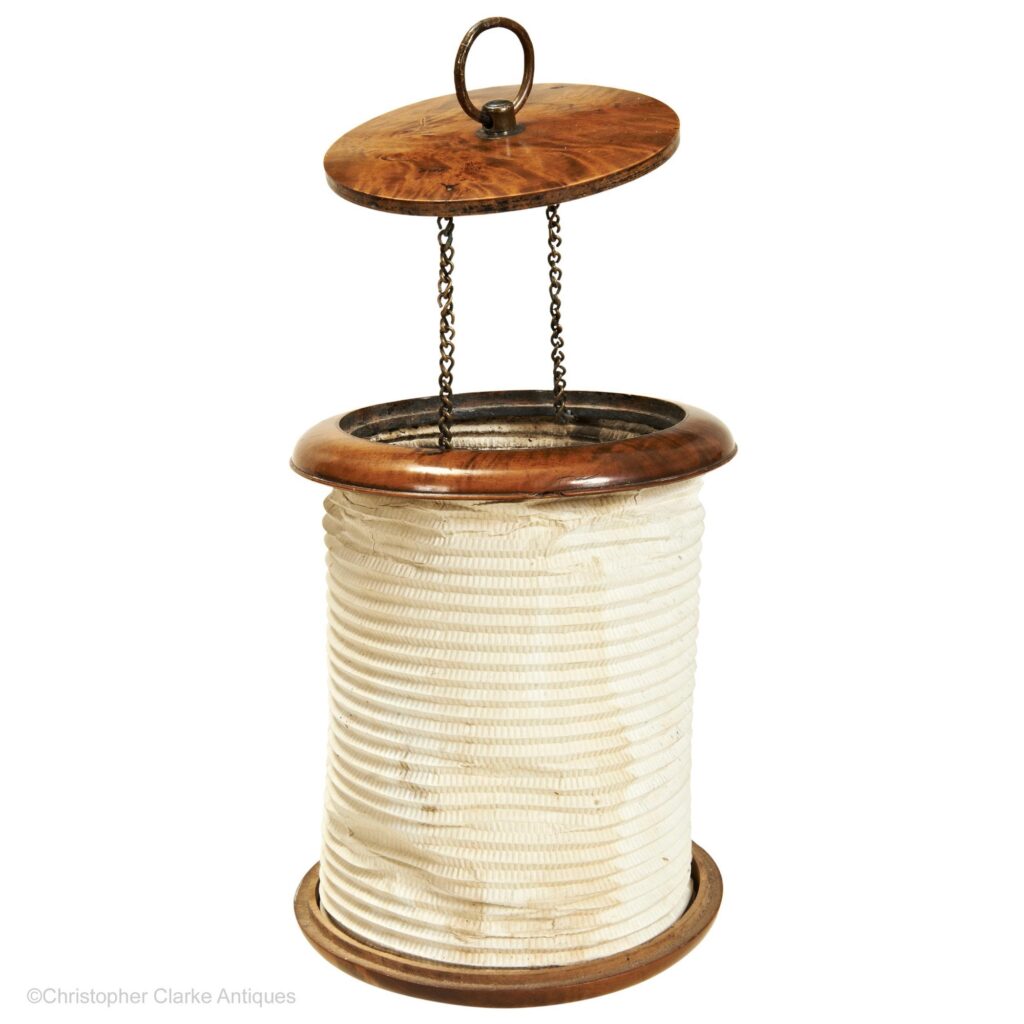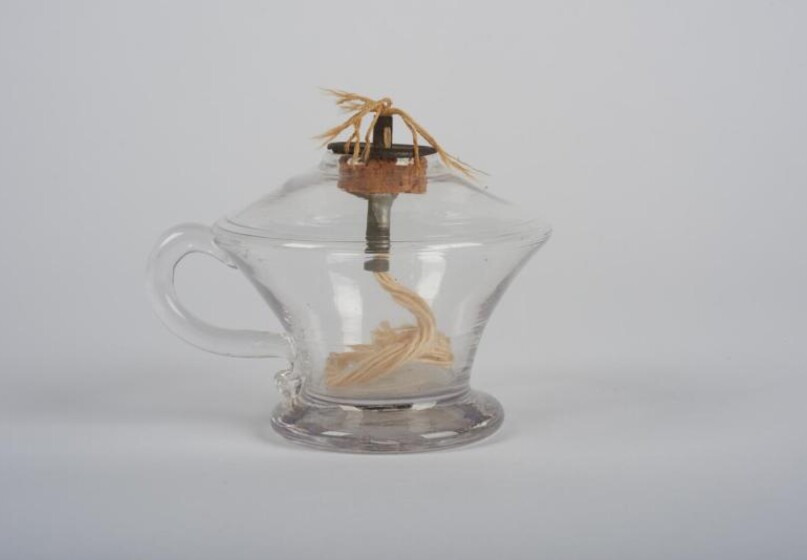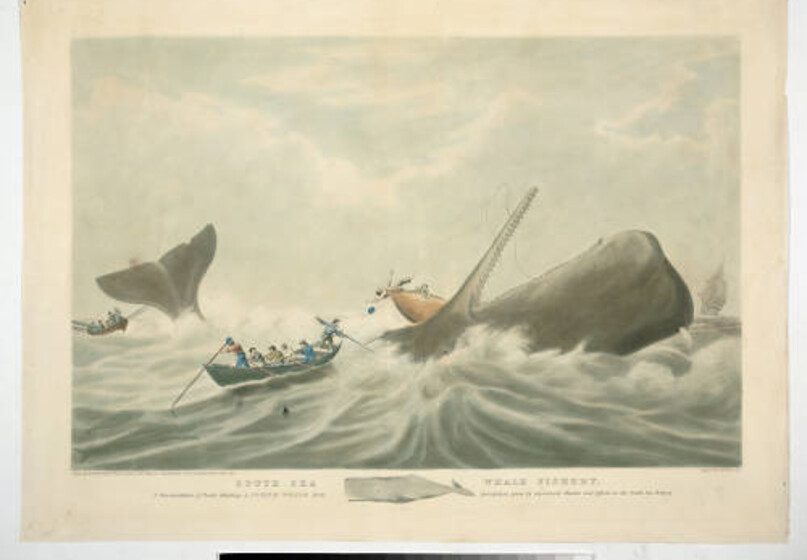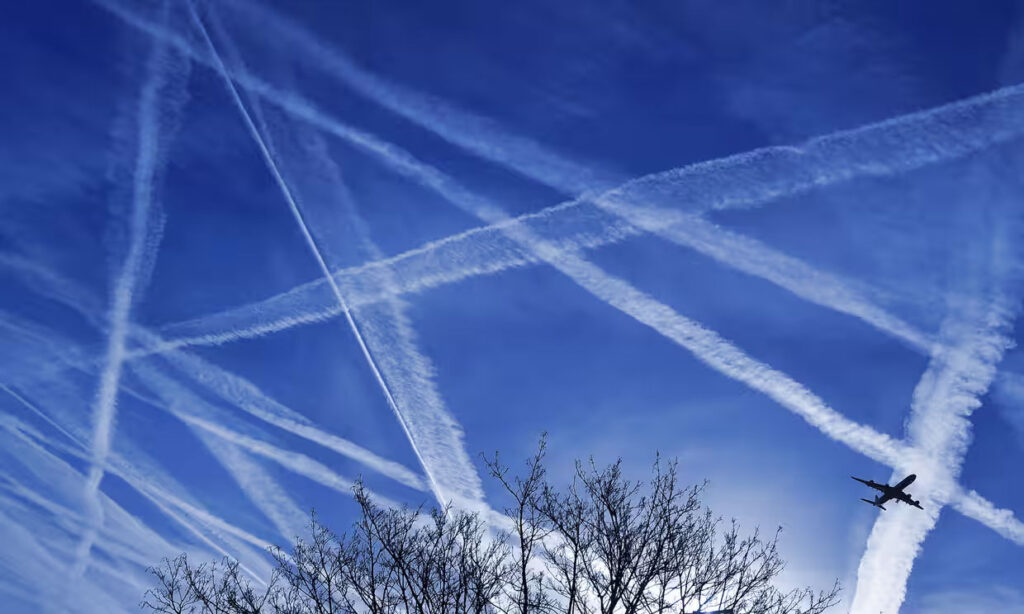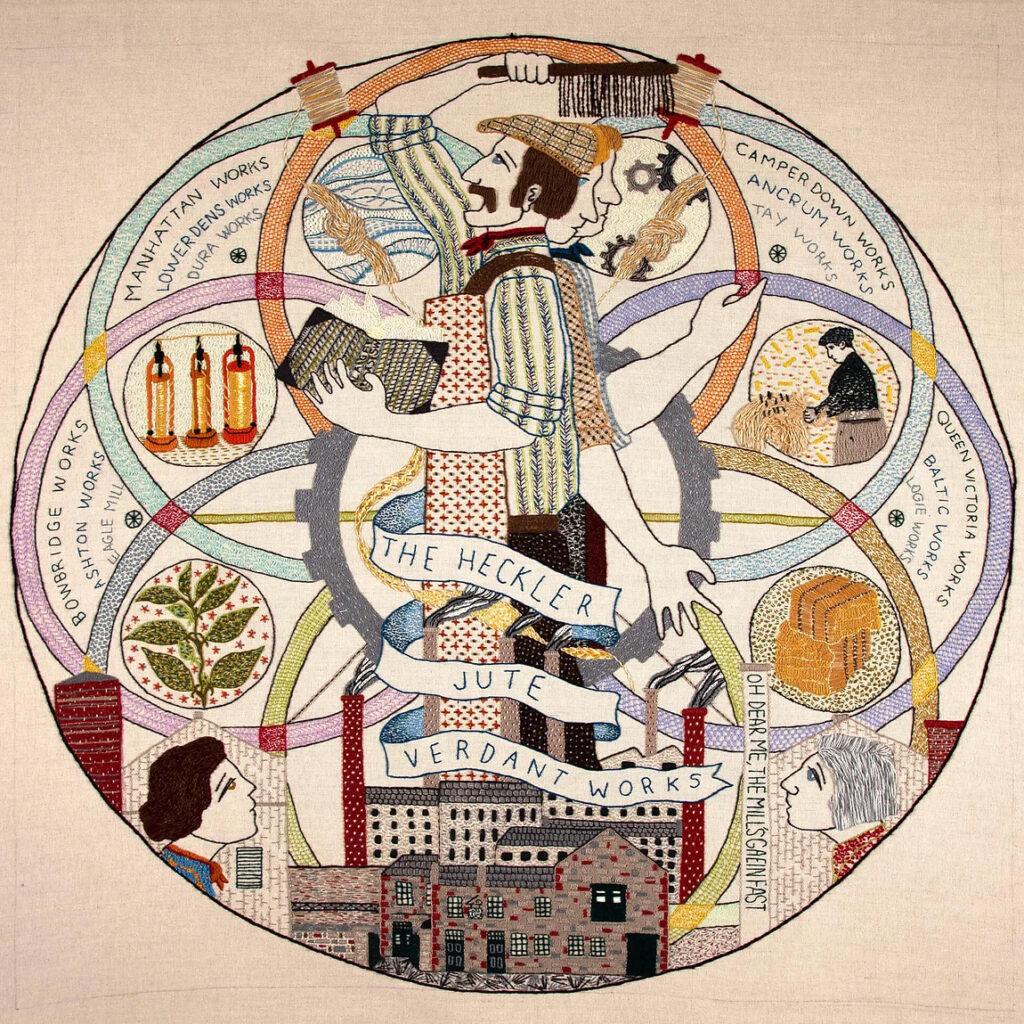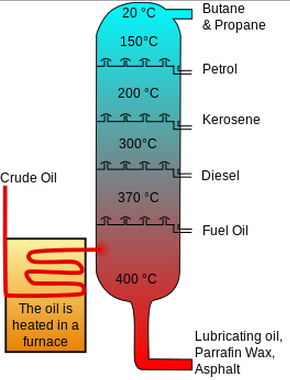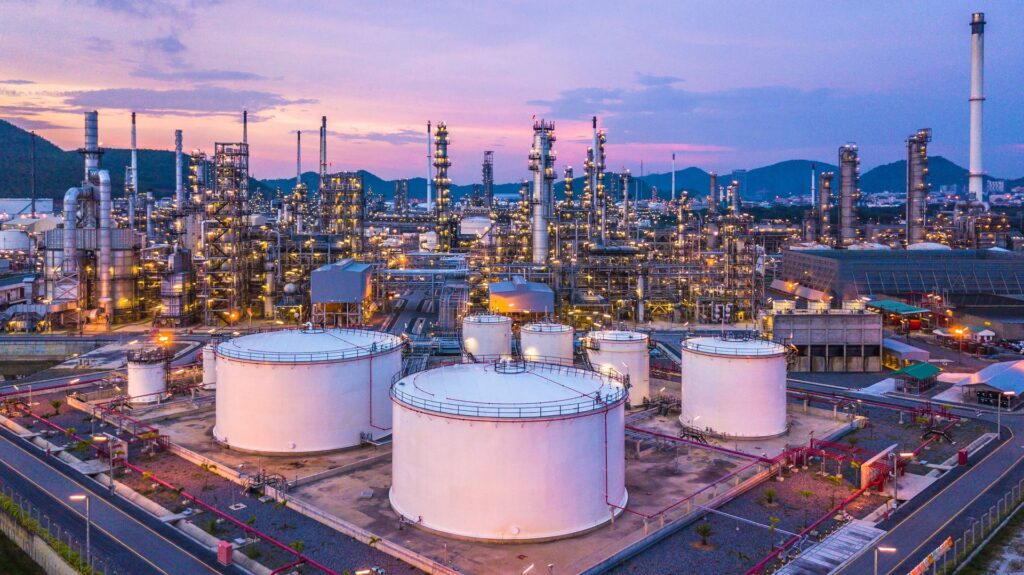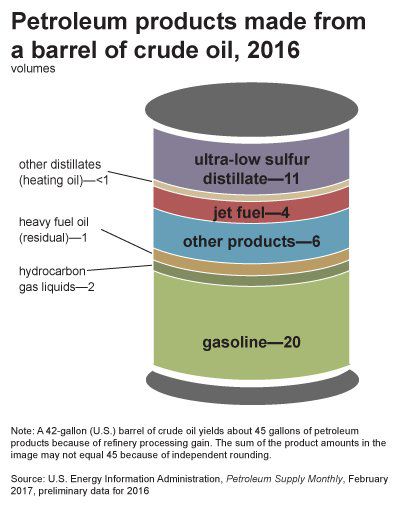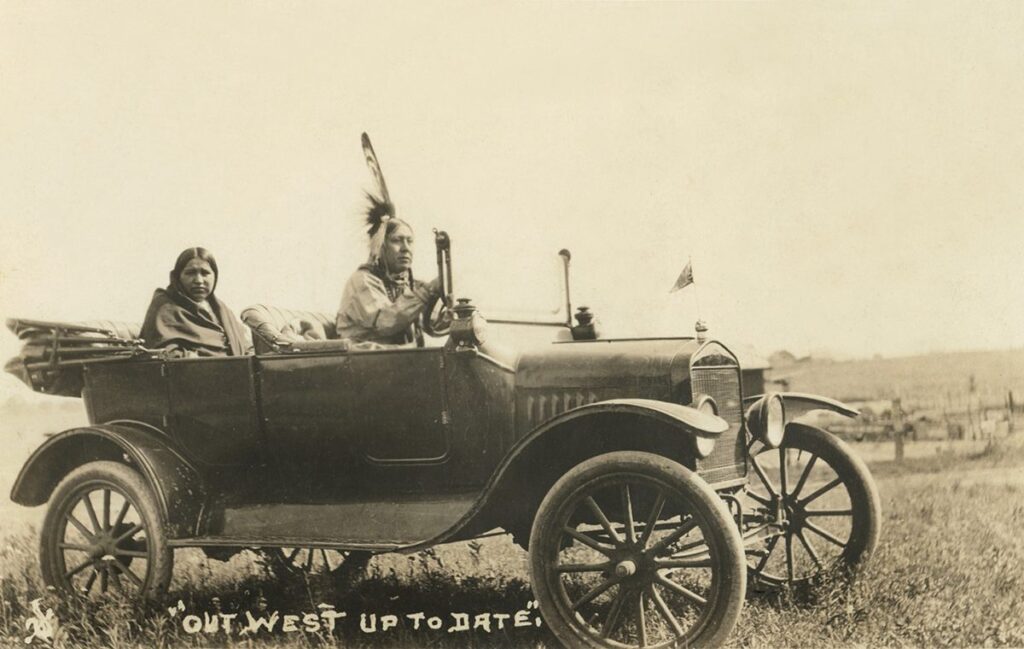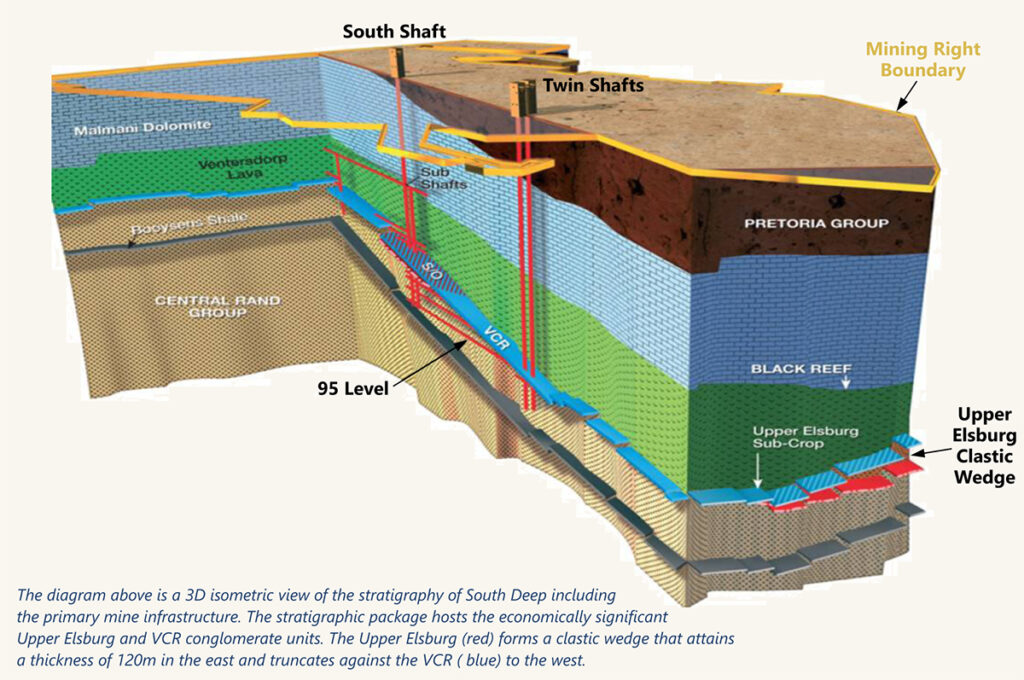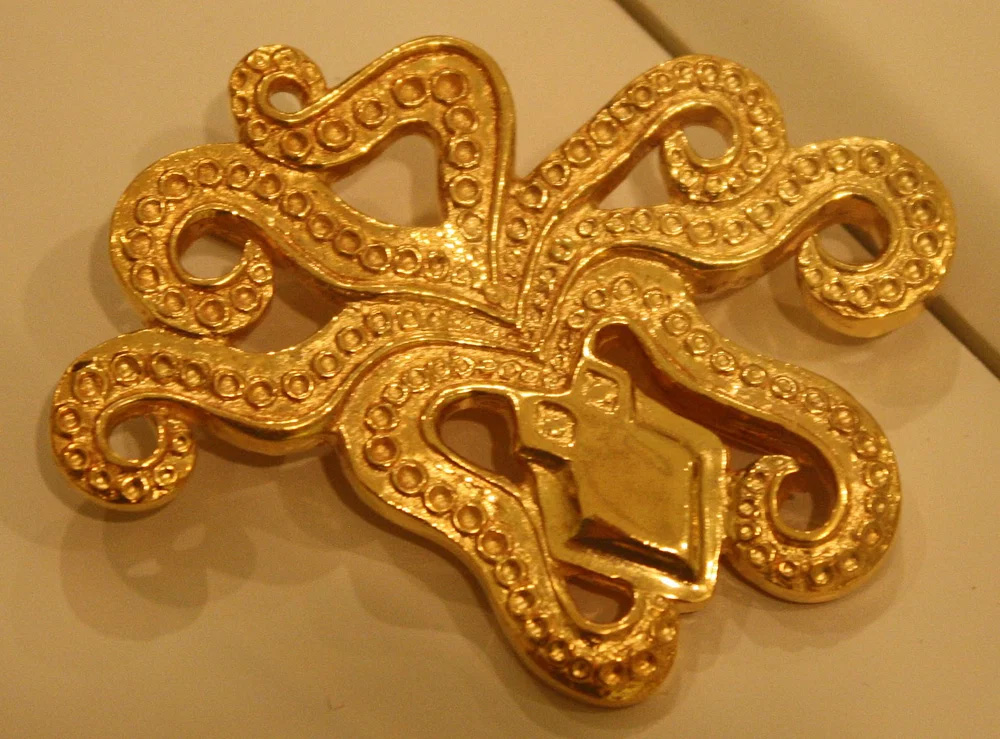The dual theme of my A to Z Challenge this year is the world of Commodities and Poetry Forms so the juxtaposition of these two themes may throw up some strange poems – could be a Heroic Ode to Heating Oil or will it merit a Haiku or a Haibun – whichever, I will be endeavouring to bring you interesting facts about commodities that may change the way you think about the stuff we variously depend on…
By commodity I mean certain items that are of both sufficient value/volume to be traded in special markets and are generally volatile enough to attract traders in “Futures” which are a way of hedging bets in the trading world of stocks, shares and commodities.
The A to Z Challenge runs throughout April and will consist of 26 posts – there are only a couple of letters for which I couldn’t find commodities but plenty of poetry forms to carry the day!
I could find no Commodity beginning with “Q” so I am looking at another important “P” – Pepper as a commodity however the poetry form is a “Q” – the Quatorzain Poem…
Woldwide Trade in Pepper in 2022 $5.13B –
548th most traded product – 0.022% of total world trade
It is axiomatic that the Spice Trade from the Far East to Europe was important because without refrigeration, foodstuffs, especially meat, sometimes needed a little disguising and spices not only hid any dubious smells but in some cases, had antimicrobial properties that made meals safer. Of course, if curry spices were all that effective then there would be no such thing as Delhi Belly, but there is sufficient antimicrobial action that scientists are now looking seriously at spices from a medical standpoint. Of all the spices, Black Pepper is the oldest and most widely used – what restaurant table does not have a pepper pot? Turmeric, clove, nutmeg, cumin, and cinnamon are also contenders for medical research but Black Pepper has been such an important spice, traded for so long that it was used as currency in its own right – sometimes referred to as “black gold”. The legacy of this trade remains in some Western legal systems that recognize the term “peppercorn rent” as a token payment for something that is, essentially, a gift.
Black, White and Green Pepper are all true peppers from the plant Piper Nigrum (part of the Piperaceae family). This vine is native to India but grows in most tropical areas. Pink Peppercorns are from the Peruvian Pepper Tree, members of the cashew family Sichuan Peppercorns: also not peppercorns but rather “Chinese coriander”.
Black pepper is produced from the still-green, unripe drupe of the pepper plant. The drupes are cooked briefly in hot water, both to clean them and to prepare them for drying.[9] The heat ruptures cell walls in the pepper, speeding the work of browning enzymes during drying.[9] The drupes dry in the sun or by machine for several days, during which the pepper skin around the seed shrinks and darkens into a thin, wrinkled black layer. Once dry, the spice is called black peppercorn.
White pepper consists solely of the seed of the ripe fruit of the pepper plant, with the thin darker-coloured skin (flesh) of the fruit removed. This is usually accomplished by a process known as retting, where fully ripe red pepper berries are soaked in water for about a week so the flesh of the peppercorn softens and decomposes; rubbing then removes what remains of the fruit, and the naked seed is dried.
Green pepper, like black pepper, is made from unripe drupes. Dried green peppercorns are treated in a way that retains the green colour, such as with sulfur dioxide, canning, or freeze-drying. Pickled peppercorns, also green, are unripe drupes preserved in brine or vinegar.
All these treatments of the pepper drupes result in slightly different flavours as well as colours so for example, you might use white pepper in mashed potato in order that it doesn’t show as black pieces. For many years, I had by my bedside as nighttime reading, a book which I would still recommend as the definitive encyclopedia “Herbs, spices and Flavourings” by Tom Stobart and from the large section on pepper I learnt this – the single most important thing to know about pepper in relation to cooking – piperine is the flavour element of pepper and is easily evaporated during cooking whereas the resin that gives the heat remains – and so rather than adding pepper to say, a casserole before cooking, pepper should always be freshly ground at the table – even ground pepper loses its piperine by evaporation over time.

Perhaps because of its historical role as the source of pepper, and although the majority of pepper today comes from Vietnam, India is a hub for both importing pepper from around the world and then processing and re-exporting it. India imports large quantities of pepper from Brazil, Indonesia, Vietnam, and Sri Lanka. Usually, the majority of the pepper is just sent once again as whole black pepper to different areas. A lesser amount of the imported pepper is utilised in the production of different goods. Pepper trade makes up one-third of the net volume of spices traded globally.
World Pepper Production and Trade
| Country | Production (tonnes) |
|---|---|
| 270,192 | |
| 114,749 | |
| 89,041 | |
| 66,000 | |
| 43,557 | |
| 33,348 | |
| 30,804 | |
| World | 747,644 |
| Source: FAOSTAT of the United Nations[1 | |
The quote below shows how Pepper futures typify the role of all futures in the trading world…
Farmers use commodity exchanges as a buffer against price volatility, but a pepper trading platform and speculators complicate pepper trading even more. Commodity markets’ speculative character draws people and organisations looking to make money off of price changes.
Pepper Trading
To place well-informed wagers on the future course of pepper prices, speculators examine economic statistics, market patterns, and other variables. Their involvement gives the market more liquidity but also creates a degree of uncertainty.
On the other hand, traders and investors use pepper trading for a variety of purposes, including risk control and portfolio diversification. They may engage in the spice market without physically handling the product, thanks to the Indian stock market.
Whilst on the subject of a food-related future – Pork Bellies were once almost the icon of futures trading even being mentioned in the film “Trading Places” which we encountered under Orange Juice – but icons come and they can go too. Pork bellies have yielded in popularity at the table to bacon year by year until they have fallen below the threshold at which Futures Traders find it worth investing in and Pork Bellies have been dropped from Futures Trading…
And so to today’s poetry form which is a quatorzain (from French quatorze, fourteen) is a form of sonnet. It consists of 14 lines and is, like a sonnet, divided into two tercets and two quatrains. According to my favourite source for poetry forms, Language is a Virus:-
The term is used in English literature, as opposed to sonnet, for a poem in fourteen rhymed iambic lines closing (as a sonnet strictly never does) with a couplet. The distinction was long neglected because the English poets of the 16th century had failed to apprehend the true form of the sonnet, and called Petrarch’s and other Italian poets’ sonnets quatorzains, and their own incorrect quatorzains sonnets. Almost all the so-called sonnets of the Elizabethan cycles, including those of William Shakespeare, Philip Sidney, Edmund Spenser and Samuel Daniel, are really quatorzains. They consist of three quatrains of alternate rhyme, not repeated in the successive quatlains, and the whole closes with a couplet.
Was Shakespeare wrong – this sounds like an academic storm in a tea pot, but whatever, this will be a quatorzain or as Shakespeare thought of it, a sonnet…
Pepper
Pepper you were known as “black gold”
precious drupes of Piper Nigrum
grown and processed in far India
sought for heat and taste, your role
was to fuel world exploration
you drove many a man’s career
searching for the better shortcut
they found instead America
then sought to go North-West but
cruel ice and snow crushed dreams there
dreams of spice isles and quick richness
so gaps filled in the atlas
bought only fame and stories told
of their futile quests for “black gold”…
© Andrew Wilson, 2024
